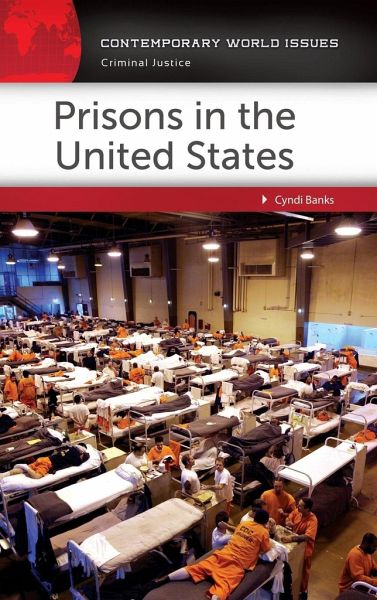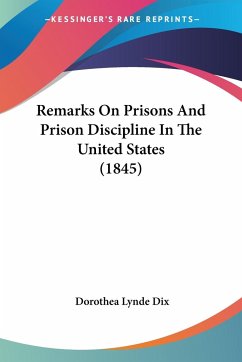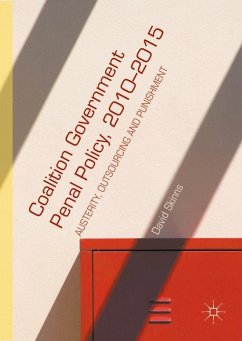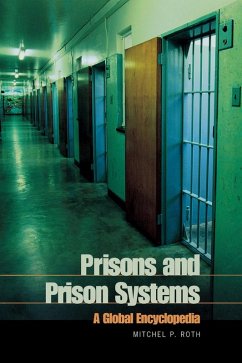
Prisons in the United States
A Reference Handbook
Versandkostenfrei!
Versandfertig in 1-2 Wochen
63,99 €
inkl. MwSt.

PAYBACK Punkte
32 °P sammeln!
Offering perspectives from a range of experts, both academic and nonacademic, this reference book examines the development of prisons in the United States and addresses the principal contemporary issues and controversies of our prisons and prison systems. Prisons were initially created as a means of reforming offenders, but over time, the objective of rehabilitation gave way to a strategy of mass imprisonment-a system that has resulted in correctional facilities dealing with serious problems such as overcrowding, prison gangs, pervasive violence, and a significant incidence of mental illness a...
Offering perspectives from a range of experts, both academic and nonacademic, this reference book examines the development of prisons in the United States and addresses the principal contemporary issues and controversies of our prisons and prison systems. Prisons were initially created as a means of reforming offenders, but over time, the objective of rehabilitation gave way to a strategy of mass imprisonment-a system that has resulted in correctional facilities dealing with serious problems such as overcrowding, prison gangs, pervasive violence, and a significant incidence of mental illness among inmates. Prisons in the United States: A Reference Handbook examines the history of corrections in America, detailing how well-intentioned policies intended to "get tough on crime" sanctioned the dismantling of parole systems and resulted in laws that imposed mandatory minimum sentences. These changes contributed to the United States now having the biggest incarcerated population worldwide and the highest rate of incarceration. The book offers an accessible history of the development of the prison system in the United States and analyzes the various problems and controversies associated with prisons in the present day. The coverage includes key related issues, including those of race and gender, and enables readers to understand how past developments continue to affect public and official perceptions of the prison experience-for example, how the practice of keeping inmates in solitary confinement for lengthy periods has been reinvented and represents a return to a historically discredited practice. Accounts of former inmates and of correctional officers are integrated into the text, adding context and offering rarely heard perspectives on difficult issues affecting prisons.












